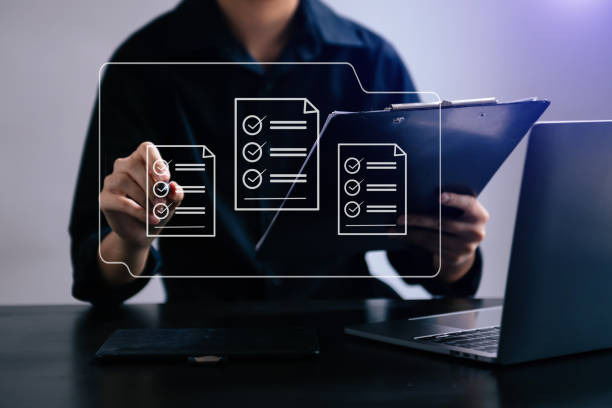What is On-Page SEO and Why Does it Matter?
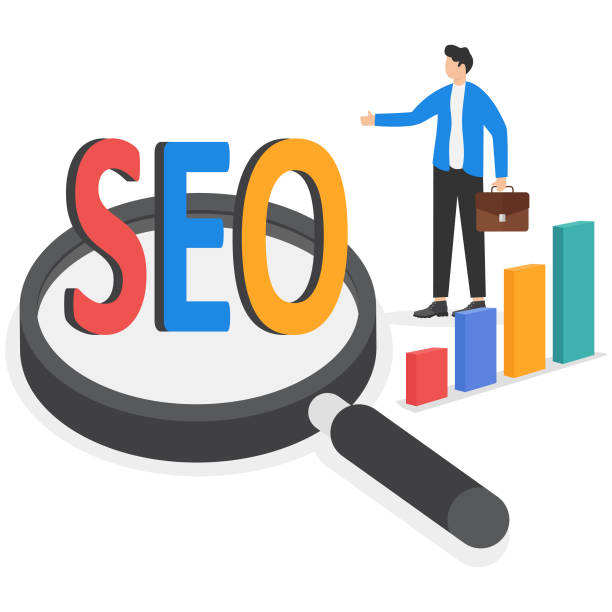
On-Page SEO refers to a set of actions you take within your website to improve your site’s ranking in search engine results (like Google).
These actions include optimizing content, site structure, title tags, meta descriptions, and many other things.
The importance of On-Page SEO stems from the fact that search engines use these factors to understand the topic and quality of web pages.
Without a strong On-Page SEO strategy, even the best content can get lost in the mass of web pages and not be seen.
On-Page SEO not only helps increase organic site traffic but also improves the user experience.
When your site is properly optimized for search engines, users can more easily find the information they need.
This leads to increased user engagement rates, reduced bounce rates, and ultimately increased conversion rates.
In fact, On-Page SEO is a long-term investment that can bring a significant return on investment (ROI).
Don’t forget that On-Page SEO is an ongoing process and requires constant review and updates to keep pace with changes in search engine algorithms.
By taking On-Page SEO actions correctly, you can be sure that your site is exposed to your target audience and gets closer to your business goals.
Research shows that 80% of customers trust companies with professional websites more. Does your current site inspire this trust?
With Resaweb’s corporate website design services, solve the problem of customer distrust and poor online image forever!
✅ Create a professional image and increase customer trust
✅ Attract more sales leads and grow your business
⚡ Get free consultation
Keyword Research and Finding the Best Ones
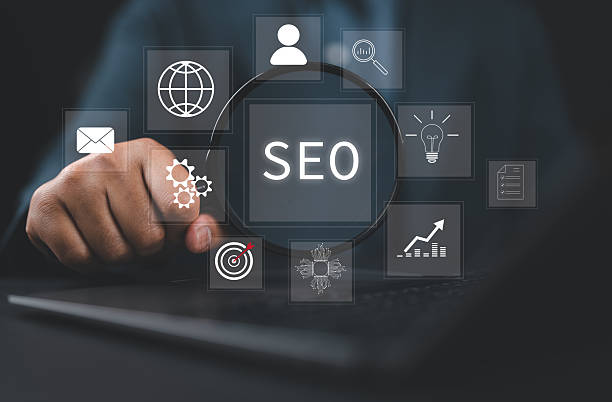
Keyword research is one of the most important steps in On-Page SEO.
Choosing the right keywords helps you create content that people are exactly looking for.
To begin, make a list of topics related to your business.
Then, use keyword research tools such as Ahrefs, SEMrush, or Ubersuggest to check related keywords, search volume, and competition level.
Look for long-tail keywords.
These keywords usually have lower search volumes, but competition is also lower, and the likelihood of attracting targeted traffic through them is higher.
When choosing keywords, also pay attention to user intent.
Is the user looking for information, wanting to buy a product, or receive a particular service? Design your content based on user intent.
After choosing keywords, use them naturally in the title, meta description, subheadings (H2, H3, etc.), and body content.
Avoid overusing keywords (keyword stuffing), as this can damage your site’s ranking.
Keep in mind that keyword research is an ongoing process.
As user behavior changes and new trends emerge, you should regularly review and update your keywords.
Optimizing Page Title (Title Tag) and Meta Description
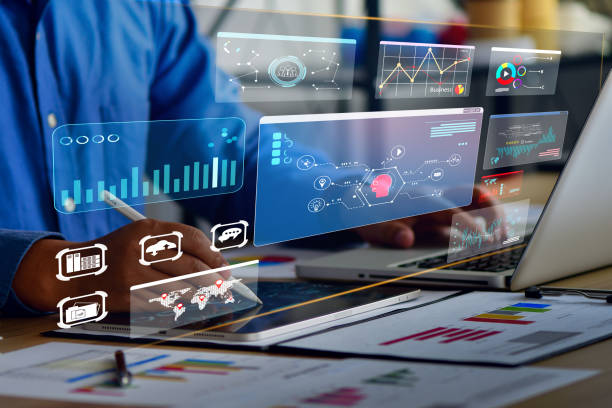
The Title Tag and Meta Description are two important elements in On-Page SEO that are displayed in search results and play an important role in attracting users.
The title tag should be concise, engaging, and contain the page’s primary keyword.
The title tag should be between 50 and 60 characters long to be fully displayed in search results.
The meta description should be an accurate and engaging summary of the page’s content and encourage users to click.
The meta description should be between 150 and 160 characters long.
Use relevant keywords in the meta description, but avoid overuse.
Title tags and meta descriptions should be unique for each page.
Avoid using duplicate title tags and meta descriptions, as this can damage your site’s ranking.
Regularly review and update title tags and meta descriptions to keep pace with changes in page content.
Using emojis in meta descriptions can grab users’ attention, but avoid overusing emojis.
Remember that the title tag and meta description are the first things users see in search results, so design them carefully to have the best impact.
| Feature | Description |
|---|---|
| Page Title Length (Title Tag) | Between 50 and 60 characters |
| Meta Description Length | Between 150 and 160 characters |
| Uniqueness | Each page must have a unique title and meta description. |
| Use of Keywords | Natural and relevant use of keywords |
Content Optimization for SEO and Users
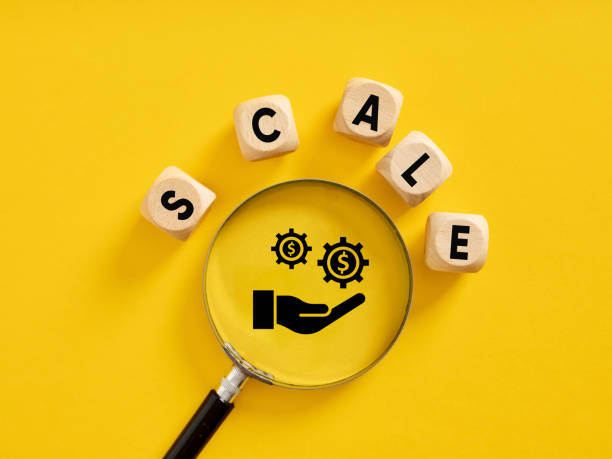
Content is king! This phrase is often heard in the world of On-Page SEO and shows the high importance of content in site rankings.
High-quality, valuable, and relevant content to users’ needs not only attracts more traffic but also increases user engagement rates and improves the user experience.
To optimize content, first, make sure that your content is unique and avoid copying from other sites.
Then, update your content regularly to keep it fresh and relevant.
Use subheadings (H2, H3, etc.) to organize content and help users find the information they need.
Use images, videos, and other multimedia elements to make the content more attractive.
Use keywords naturally in the body of the content, but avoid overuse.
Optimize your content for readability.
Use short sentences and short paragraphs, and avoid using complex words and terms.
Optimize your content for mobile.
Make sure your content displays correctly on mobile devices.
Use internal and external links to increase content credibility and guide users.
Finally, review and update your content regularly to keep pace with changes in search engine algorithms.
Does your company’s website create a professional and lasting first impression on potential customers? Resaweb, with professional corporate website design, not only represents your brand’s credibility but also opens a path for your business growth.
✅ Create a powerful and reliable brand image
✅ Attract target customers and increase sales
⚡ Get free consultation
Image Optimization for SEO
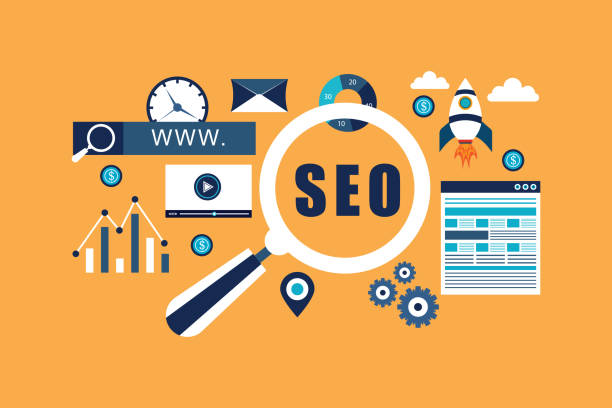
Images play an important role in the visual appeal of web pages and can help improve the user experience.
However, unoptimized images can slow down page loading speeds and damage your site’s ranking.
To optimize images for On-Page SEO, first, save the images in the appropriate format.
JPEG and PNG formats are suitable for web images.
JPEG is suitable for images with many colors, and PNG is suitable for images with simple graphics and text.
Reduce the file size of images.
Large images can slow down page loading speeds.
Use image compression tools to reduce the file size of images without losing quality.
Use alt text for images.
Alt text helps search engines understand the topic of the image.
Also, if the image does not load, alt text is displayed to users.
Optimize image file names.
Use descriptive file names containing relevant keywords.
Display images in the appropriate dimensions.
Avoid displaying large images in small dimensions, as this increases page size and reduces loading speed.
Use an image sitemap to introduce site images to search engines.
URL and Site Structure Optimization
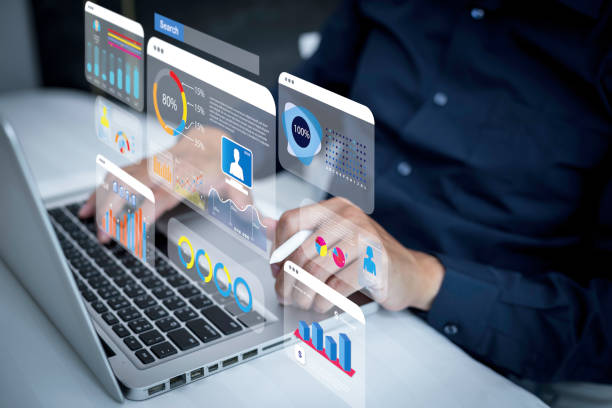
Web page addresses (URLs) and site structure play an important role in On-Page SEO.
Page addresses should be short, descriptive, and contain relevant keywords.
Avoid using long and meaningless addresses.
The site structure should be logical and organized.
Users and search engines should be able to easily navigate your site and find the information they need.
Use appropriate categories and internal links to organize content.
Make sure your site has a sitemap.
The sitemap helps search engines find and index all pages of your site.
Use 301 redirects to permanently move pages.
If you delete a page or change its address, use a 301 redirect to move users and search engines to the new address.
Avoid broken links.
Broken links degrade the user experience and damage your site’s ranking.
Regularly check your site to find and fix broken links.
Use the HTTPS protocol.
HTTPS is a secure protocol for transmitting data between the browser and the server.
Google prioritizes sites that use HTTPS.
The Importance of Internal and External Linking

Internal and external linking are two important strategies in On-Page SEO that help improve your site’s ranking in search results.
Internal linking means creating links between different pages of your site.
Internal linking helps search engines better understand your site structure and identify the more important pages.
Also, internal linking helps users easily navigate your site and find the information they need.
External linking means getting links from other sites to your site.
External links are considered a vote of confidence from other sites to your site.
The more high-quality external links to your site, the better your site’s ranking in search results.
For external linking, you can collaborate with other bloggers and site owners and ask them to link to your site.
Also, you can be active in forums and social networks and share your site’s link.
Internal and external linking should be done naturally and relevantly.
Avoid buying links, as this can damage your site’s ranking.
| Linking Type | Description | Goal |
|---|---|---|
| Internal Linking | Creating links between different pages of the site | Improve site structure and user experience |
| External Linking | Getting links from other sites | Increase site credibility and improve ranking in search results |
Improving Page Loading Speed
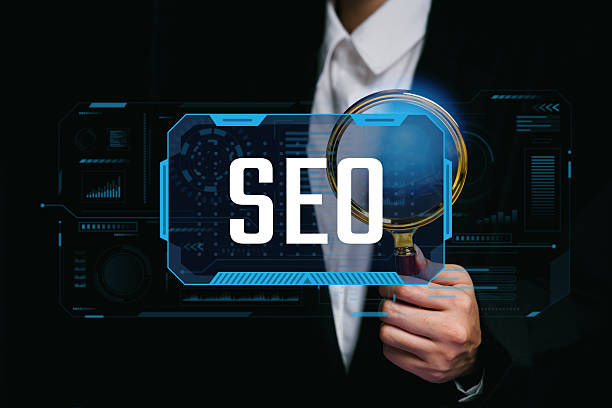
Page loading speed is an important factor in On-Page SEO and user experience.
Users expect web pages to load quickly.
If a page takes more than a few seconds to load, users may leave your site and go to another site.
Google also cares about page loading speed, and sites with higher loading speeds get a better ranking in search results.
To improve page loading speed, you can take the following actions: Image compression.
Large images can slow down page loading speeds.
Use image compression tools to reduce the file size of images without losing quality.
Enable Gzip compression.
Gzip compression can reduce the size of HTML, CSS, and JavaScript files and increase page loading speed.
Use caching.
Caching allows the browser to save your site’s static files and load pages faster on subsequent visits.
Reduce HTTP requests.
The more HTTP requests, the longer it takes to load the page.
To reduce HTTP requests, you can combine CSS and JavaScript files and use CSS sprites.
Use a CDN (Content Delivery Network).
A CDN is a distributed network of servers that places your site’s content on servers near users.
Using a CDN can improve page loading speed for users in different parts of the world.
Code optimization.
Your site’s HTML, CSS, and JavaScript code must be optimized and error-free.
Does your current corporate website provide a worthy image of your brand and attract new customers?
If not, turn this challenge into an opportunity with Resaweb’s professional corporate website design services.
✅ Dramatically improves the credibility and image of your brand.
✅ Paves the way for attracting new leads and customers.
⚡ Contact Resaweb now for a free and specialized consultation!
Mobile Optimization (Mobile-Friendly)
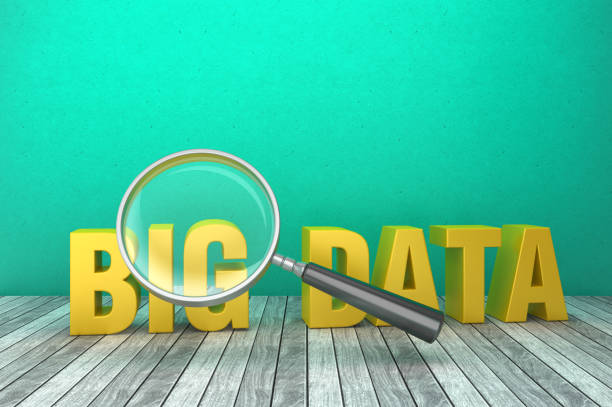
Today, most users access the internet through mobile devices.
Therefore, optimizing the site for mobile is a necessity.
Google also prioritizes sites that are optimized for mobile.
To optimize the site for mobile, you must use responsive design.
Responsive design means that your site automatically adapts to the user’s device screen size.
Use readable fonts and appropriate button sizes.
Mobile users should be able to easily read the text and touch the buttons.
Use images and videos optimized for mobile.
Large images and videos can slow down page loading speeds on mobile devices.
Avoid intrusive advertisements.
Intrusive advertisements can degrade the user experience on mobile devices.
Use AMP (Accelerated Mobile Pages).
AMP is an open-source framework that helps you create fast and optimized web pages for mobile.
Using AMP, you can significantly increase your page loading speed on mobile devices.
Monitoring and Analyzing SEO Results
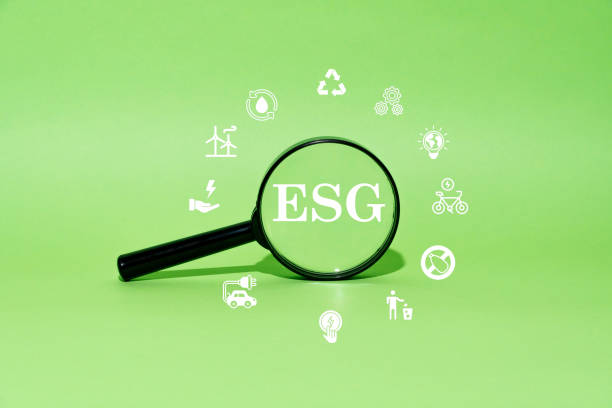
On-Page SEO is an ongoing process and requires continuous monitoring and analysis.
To monitor and analyze On-Page SEO results, you can use various tools such as Google Search Console and Google Analytics.
Using Google Search Console, you can check your site’s performance in search results, identify site errors, and introduce your sitemap to Google.
Using Google Analytics, you can analyze your site’s traffic, check user behavior, and measure your conversion rate.
Regularly check your keyword rankings.
Keyword ranking shows what rank your site has in search results for target keywords.
Check your site’s organic traffic.
Organic traffic is traffic that comes to your site through search results.
Check your site’s bounce rate.
Bounce rate shows what percentage of users who enter your site through search results immediately leave your site.
Check your site’s conversion rate.
Conversion rate shows what percentage of users who enter your site through search results take a desired action (such as buying a product or signing up for a newsletter).
Based on monitoring and analysis results, improve your On-Page SEO strategy.
Frequently Asked Questions
| No. | Question | Answer |
|---|---|---|
| 1 | What is On-Page SEO? | On-Page SEO refers to a set of actions that are performed within a website and to optimize its pages to achieve a better ranking in search results. |
| 2 | What is the most important factor in On-Page SEO? | High-quality, relevant, and comprehensive content that meets the user’s needs is the most important factor in On-Page SEO. |
| 3 | What role does the Title Tag play in On-Page SEO? | The title tag is one of the most important factors that tells search engines and users what the page’s content is about. It should include the main keyword and be engaging. |
| 4 | How important is the Meta Description tag? | Although it does not directly affect ranking, it is very effective on the click-through rate (CTR) in search results and encourages users to visit the page. |
| 5 | How is image optimization done in On-Page SEO? | By using a suitable alt tag, compressing the image size to increase loading speed, and naming the image file meaningfully. |
| 6 | What is the importance of using headings (H1, H2, H3) in On-Page SEO? | Headings help structure content, increase readability, and help search engines understand the hierarchy and subtopics of content. |
| 7 | What does Internal Linking mean and what are its benefits? | Internal linking means creating links between different pages of a website. This helps to distribute credibility, improve user navigation, and help search engine crawling. |
| 8 | Where should the Focus Keyword be placed on the page? | The main keyword should be placed in the title tag, meta description, H1, first paragraph, and naturally throughout the text and, if possible, in the URL address. |
| 9 | What effect does copied or duplicate content have on On-Page SEO? | Duplicate content can harm site rankings and confuse search engines as to which version is the original and may detect it as spam. |
| 10 | How important is page loading speed in On-Page SEO? | Page loading speed is an important ranking factor and directly affects the user experience. Slow pages cause users to increase their bounce rate. |
And other services of Resa Web Advertising Agency in the field of advertising
Smart SEO: Transform online growth with the help of Google Ads management.
Smart marketing automation: A fast and efficient solution to increase sales by focusing on attractive user interface design.
Smart UI/UX: Transform sales increase with the help of optimizing key pages.
Smart Customer Journey Map: An effective tool to improve SEO ranking with the help of SEO-oriented content strategy.
Smart linking: Professional optimization to increase site visits using intelligent data analysis.
And more than hundreds of other services in the field of internet advertising, advertising consulting, and organizational solutions
Internet Advertising | Advertising Strategy | Advertorial Report
Resources
What is On-Page SEO and how to optimize your site?
,On-Page SEO Optimization: A Comprehensive Guide
,On-Page SEO: The Complete Guide
,On-Page SEO: Everything You Need to Know
? With Rasaweb Afarin Digital Marketing Agency, your business reaches its peak in the online world! We create a powerful presence for you by providing innovative SEO solutions, professional social media management, and multilingual website design.
📍 Tehran, Mirdamad Street, next to the Central Bank, South Kazerun Alley, Ramin Alley, No. 6
“`

